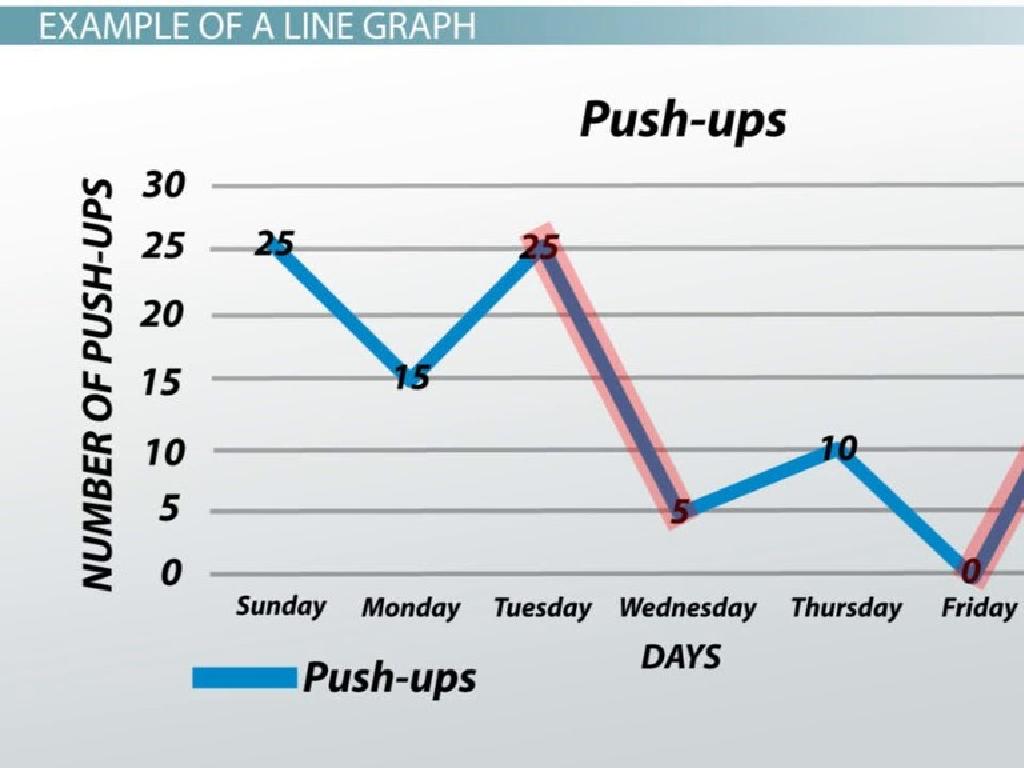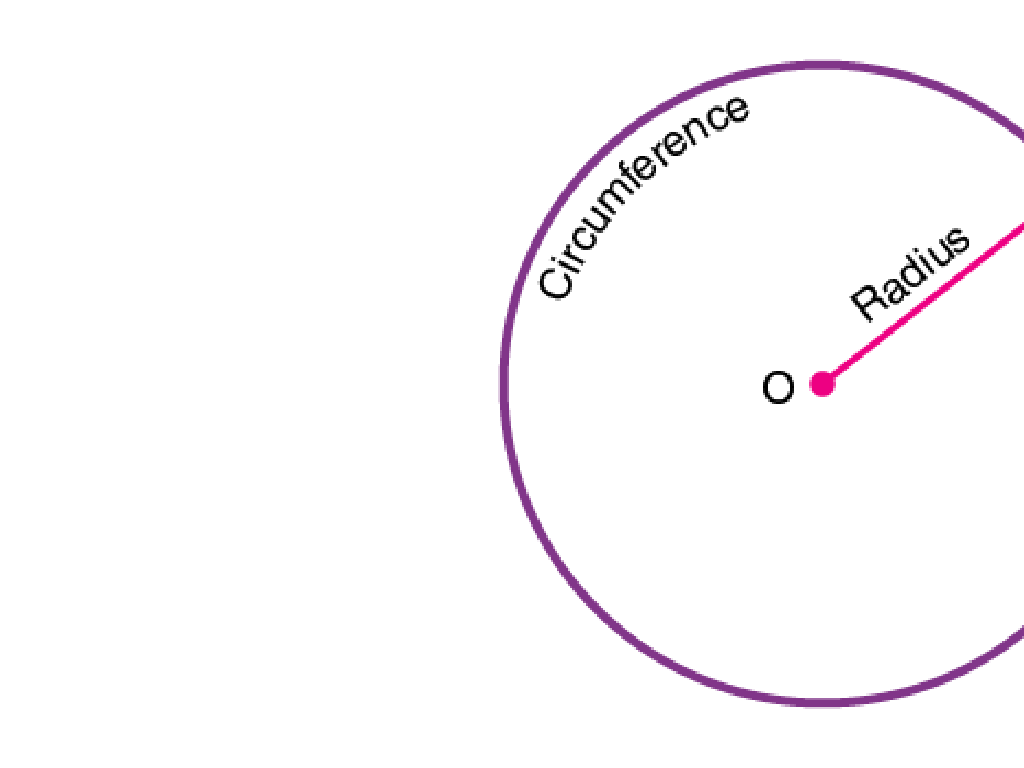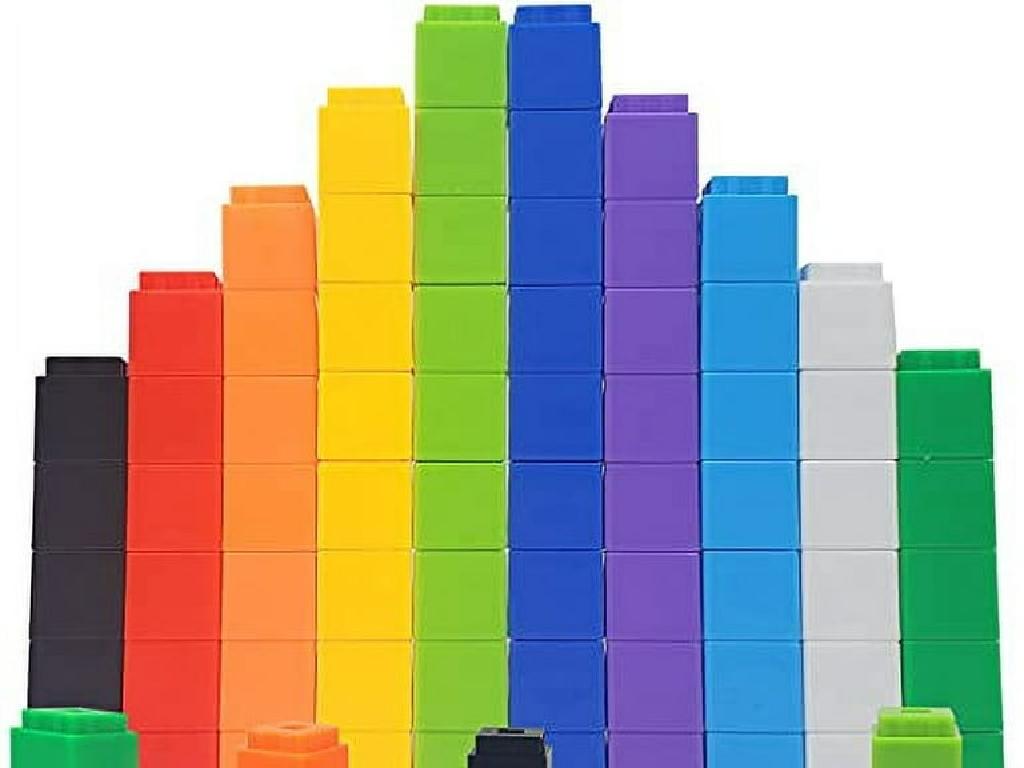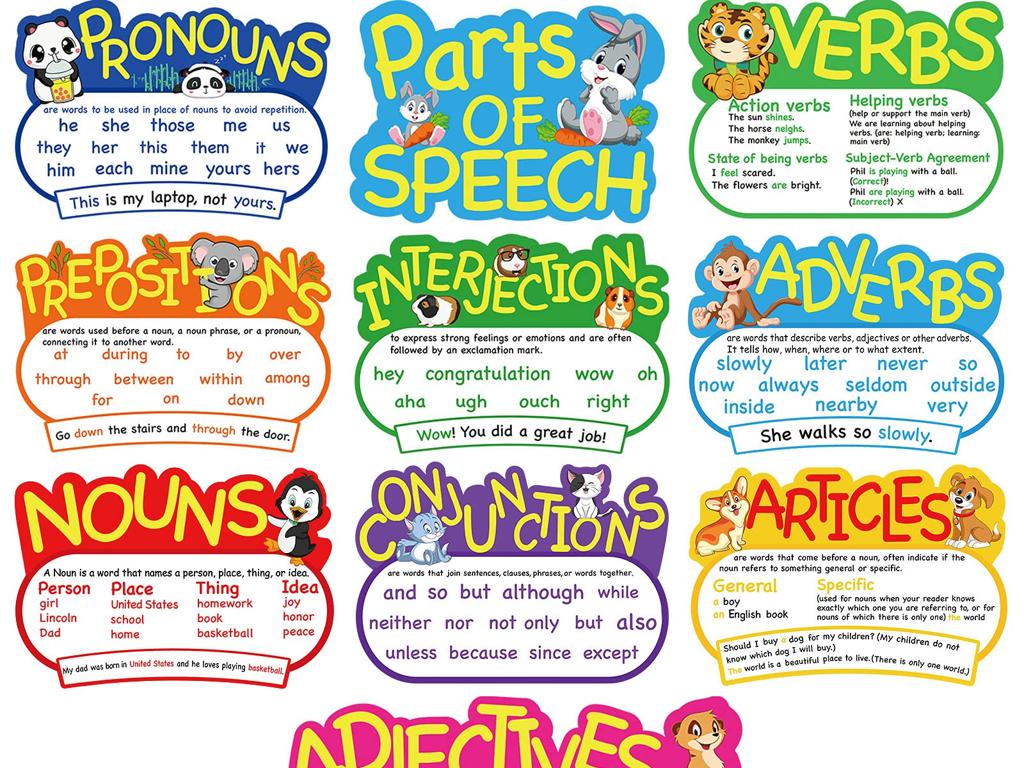Decimal Number Lines
Subject: Math
Grade: Fifth grade
Topic: Decimal Place Value
Please LOG IN to download the presentation. Access is available to registered users only.
View More Content
Welcome to Decimal Place Value!
– Basics of decimals
– Decimals represent fractions of a whole
– Decimal place value explained
– Each place to the right of the decimal point represents a fraction of 10
– Decimals in daily life
– Used in money, measurements, and more
– Practice with decimal number lines
– Visual tool to understand decimals
|
This slide introduces students to the concept of decimals and their place values, which is a fundamental part of their math curriculum. Begin by explaining that decimals are a way of representing parts of a whole, similar to fractions. Emphasize the importance of the position of each digit after the decimal point, as each place value represents tenths, hundredths, thousandths, etc. Illustrate how decimals are used in everyday life, such as in currency, measurements, and statistics. Encourage students to think of examples where they encounter decimals daily. Conclude by introducing decimal number lines as a practical tool to help visualize and understand the placement and value of decimals.
Understanding Decimals
– Define a decimal
– A number with a part smaller than a whole, like 0.5
– Significance of the decimal point
– The dot in a decimal number that separates whole numbers from fractional parts
– Decimals extend whole numbers
– Just as 19 follows 18, 1.9 follows 1.8
– Visualizing decimals on a number line
– Number lines help us see where decimals fit between whole numbers
|
This slide introduces the concept of decimals to fifth-grade students. Begin with the definition, explaining that decimals represent numbers that are not whole, using parts of a whole. Highlight the role of the decimal point, which is crucial in distinguishing between whole numbers and decimal fractions. Emphasize that decimals are a natural extension of the whole number system, allowing for more precise values. Use a number line on the board to demonstrate how decimals are positioned between whole numbers, reinforcing the concept visually. Encourage students to think of money, such as dollars and cents, as a familiar example of decimals in everyday life.
Exploring Decimal Place Values
– Understanding tenths, hundredths, thousandths
– Each place value is ten times smaller than the one before it.
– Comparing different decimal places
– See how 0.3 is greater than 0.07 because tenths are bigger than hundredths.
– Reading decimals aloud
– Say ‘and’ for the decimal point: 0.3 is ‘zero and three tenths’.
– Practice with decimal number lines
|
This slide introduces students to the concept of decimal place values, focusing on tenths, hundredths, and thousandths. Emphasize that as we move from left to right, each place value is ten times smaller than the previous one. Use examples to show how to compare decimals by looking at the highest place value first. Teach students to read decimals correctly by using ‘and’ for the decimal point and naming the place value of the last digit. Incorporate number lines in your examples to visually represent the size of decimals and their place values. During class, have students practice placing decimals on a number line and reading them aloud to reinforce their understanding.
Exploring Decimal Number Lines
– What is a Decimal Number Line?
– A visual tool to understand decimals
– How to place decimals on it
– Mark points on the line representing decimals
– Measuring distance between decimals
– The space between two decimals shows their difference
– Practice with examples
– Use real-life measurements for practice
|
This slide introduces students to the concept of decimal number lines, which are essential for understanding the value and order of decimal numbers. Start by explaining that a decimal number line is similar to a regular number line but includes numbers with decimal points. Show how to correctly place decimal numbers on the line by aligning them with their corresponding whole numbers and fractions. Discuss how to measure the distance between two decimals, emphasizing that it represents the difference in their values. Provide examples using measurements like lengths or weights to make the concept relatable. Encourage students to practice by placing decimals on a number line and finding the distance between them to reinforce their understanding.
Let’s Practice with Decimal Number Lines!
– Identify decimals on a number line
– Look at the number line and pinpoint where the decimal would fit
– Order decimals least to greatest
– Compare decimals to put them in the correct order
– Find missing decimals on the line
– Use the number line to deduce the missing decimals
– Understand decimal place value
|
This slide is designed to engage students in hands-on practice with decimal number lines. Start by explaining how to locate specific decimal values on a number line, emphasizing the importance of place value. Then, challenge students to arrange a set of decimals in ascending order. For finding missing decimals, provide a number line with some decimals missing and ask students to fill in the blanks. This activity reinforces their understanding of the relative size of decimal numbers and the concept of place value. Encourage students to explain their reasoning for each task to ensure comprehension. Possible activities include: creating their own number lines with decimals, peer-teaching the concept, or playing a game where they have to quickly identify the correct position of decimals on a number line.
Real-life Applications of Decimals
– Decimals in money transactions
– Every cent is a part of a dollar, like $5.75
– Decimals in measurements
– Lengths like 3.2 cm, weights like 4.5 kg, volumes like 1.25 liters
– Decimals in weather forecasts
– Temperatures like 75.3°F, rainfall like 0.25 inches
|
This slide aims to show students how decimals are used in everyday life, reinforcing the concept that decimals are not just numbers on a paper, but have practical applications. When dealing with money, decimals represent cents, making transactions precise. Measurements in various units often require decimals for accuracy, such as in construction or cooking. Weather forecasts use decimals to provide detailed information about temperature and precipitation, which is crucial for planning activities. Encourage students to think of other examples where they encounter decimals daily and discuss the importance of understanding decimal place value in these contexts.
Class Activity: Create Your Decimal Number Line!
– Receive a blank number line
– Place decimals in correct order
– Use the decimals provided by the teacher
– Share and explain your number line
– Discuss the placement with peers if needed
– Understand decimal placements
– This helps grasp the concept of decimal values
|
In this interactive class activity, students will each be given a blank number line and a set of decimal numbers. They will need to place these numbers in the correct order on the number line, which will help them understand the concept of decimal place value. Once completed, students will share their number lines with the class and explain the reasoning behind their placements. This will not only reinforce their understanding of decimals but also develop their communication skills. For the teacher: Prepare different sets of decimal numbers for variety, ensure students understand how to read and plot decimals on a number line, and provide guidance as needed during the activity.
Wrapping Up: Decimals on the Number Line
– Recap: Decimal place value
– Reviewed how to plot decimals on a number line and understand places
– Decimals’ significance in math
– Understanding decimals is crucial for daily life calculations and higher math
– Preview: Adding & subtracting decimals
– Next, we’ll learn how to accurately add and subtract decimal numbers
– Review with practice problems
|
As we conclude today’s lesson, it’s important to review the concept of decimal place value and its representation on number lines. Emphasize the real-world applications of decimals in money transactions, measurements, and scientific data to highlight their importance. Looking ahead, prepare the students for the next lesson on adding and subtracting decimals, which builds directly on their understanding of decimal place value. To reinforce today’s concepts, provide practice problems that involve identifying decimal places and plotting them on number lines. Encourage students to ask questions if they need clarification, ensuring they are well-prepared for the upcoming lesson.






